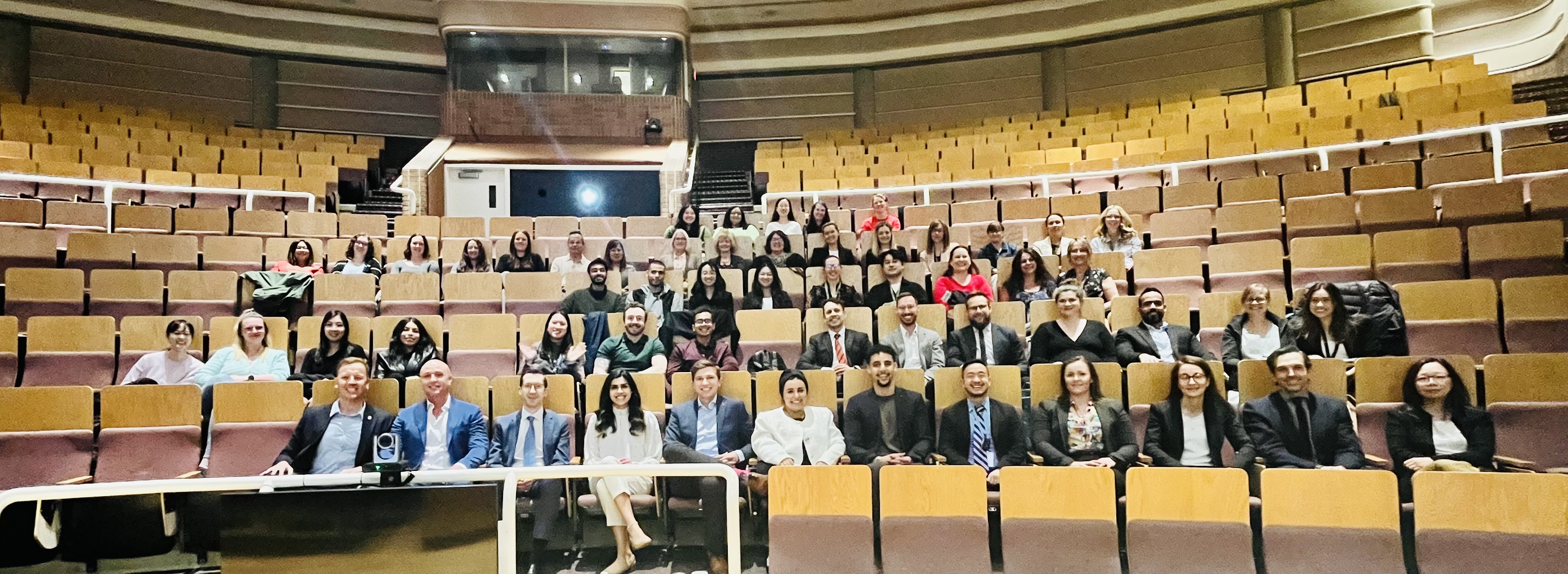Otolaryngology - Head and Neck Surgery
11 August 2024

Resident Research Day
The Division of Otolaryngology – Head and Neck Surgery (OHNS) leads nationally in research and innovation. One of the Division’s recent research directions has focused on the use of artificial intelligence (AI), showcased at Resident Research Day (photo). Projects employing AI technology to address research questions in OHNS include:
Under the supervision of Drs. David Cote and Erin Wright, Dr. Cai Long (OHNS Resident) developed a large language model to enhance the analysis and interpretation of information in OHNS, known as ChatENT. This was presented as the first speciality- specific knowledge retrieve AI model, with applications in medical education, patient education and clinical decision support. Dr. Long’s research was recently awarded the Clinical Science Poster Presentation 1st prize at Tom Williams Surgical Research Day. Other projects related to the use of ChatGPT and ChatENT are underway to improve knowledge delivery and education in OHNS.
Dr. Damon Monroe (OHNS resident) is using data from AI-generated filters to better understand aesthetic standards in facial plastic surgery. He is comparing traditional cosmetic surgical dogma to aesthetic standards portrayed by AI-generated filters on social media. Understanding these differences, with changes in the perception of beauty in the digital age may improve the ability of facial plastic surgeons to address contemporary aesthetic outcomes.
Dr. Thamir Aldahmashi (OHNS resident) and Dr. Caroline Jeffery (PI) are using a machine learning algorithm to identify laryngeal pathology from acoustic variations in cough. This novel application of AI is used to refine an algorithm trained on large datasets of cough samples. This research has broad implications with the potential to improve the diagnosis and management of patients with laryngeal pathology.